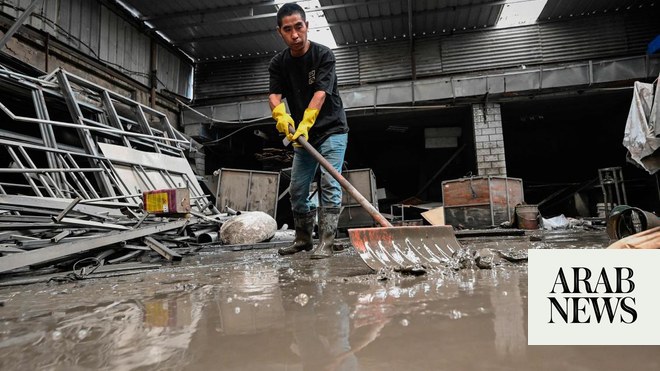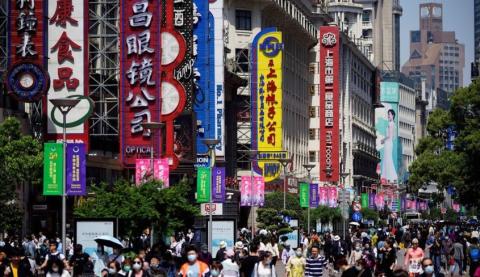
Explosions boomed from Guatemalas Fuego volcano Wednesday, unleashing fresh torrents of mud and ash down slopes and hindering search and rescue efforts, as the death toll from a previous eruption rose to at least 99.
Fears of a new blowup of the 3,763-meter volcano have stalked rescue workers since Sundays eruption buried entire villages on its southern flank.
The National Forensic Sciences Agency said in a report Wednesday that morgues had received the remains of 99 people killed as a result of the eruption. Only 28 have been identified so far, it said.
"We already have data with names and locations where there are missing persons and that number is 192," Sergio Cabanas, head of Guatemalas disaster management agency, told reporters earlier in the day.
Experts warned Wednesday that heavy rains in the area could provoke avalanches due to the large flows of volcanic mud, known as lahars, since the eruption on Sunday.
Volcanologists recorded the volcano exploding several times an hour Wednesday, which generated a fresh 4,700 meter high column of gray ash.
"The explosions are generating moderate avalanches that have an approximate distance of 800 to 1,000 meters," the Volcanology Institute said.
It said the lahars could sweep down the mountain laden with concrete, rocks up to a meter in diameter and tree trunks.
Efforts were cut short Wednesday when a downpour forced teams to retreat for fear of mudslides.
Emergency workers had to temporarily suspend their search late Tuesday for the same reason.
Hundreds of rescue workers, including firefighters, police and the military, were battling adverse conditions to search for remains in the tangled morass of rubble, dust and earth left behind by the landslides.
General Walter Sanchez, in charge of operations around the epicenter of the destruction near the village of El Rodeo, said the heat from the ash and hot sediment made rescue work difficult.
More than 12,000 people have been evacuated from their homes, the disaster management agency said, with over 3,000 of them housed in temporary shelters.
The killer eruption was the Central American countrys strongest in four decades.
Officials said the speed and ferocity of the eruption took mountain communities by surprise, with many of the dead found in or around their homes.









